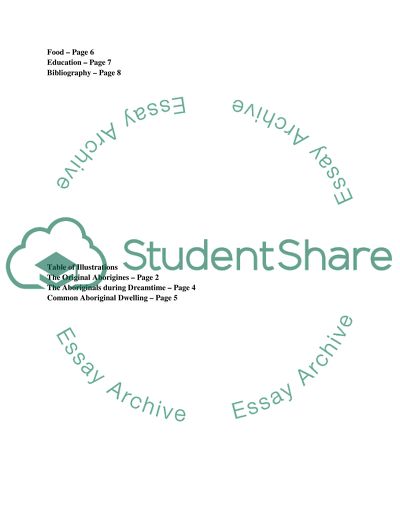Cite this document
(The Culture and Lifestyle of Australian Aboriginal Term Paper Example | Topics and Well Written Essays - 1500 words, n.d.)
The Culture and Lifestyle of Australian Aboriginal Term Paper Example | Topics and Well Written Essays - 1500 words. https://studentshare.org/culture/1712555-australian-aboriginal
The Culture and Lifestyle of Australian Aboriginal Term Paper Example | Topics and Well Written Essays - 1500 words. https://studentshare.org/culture/1712555-australian-aboriginal
(The Culture and Lifestyle of Australian Aboriginal Term Paper Example | Topics and Well Written Essays - 1500 Words)
The Culture and Lifestyle of Australian Aboriginal Term Paper Example | Topics and Well Written Essays - 1500 Words. https://studentshare.org/culture/1712555-australian-aboriginal.
The Culture and Lifestyle of Australian Aboriginal Term Paper Example | Topics and Well Written Essays - 1500 Words. https://studentshare.org/culture/1712555-australian-aboriginal.
“The Culture and Lifestyle of Australian Aboriginal Term Paper Example | Topics and Well Written Essays - 1500 Words”. https://studentshare.org/culture/1712555-australian-aboriginal.


